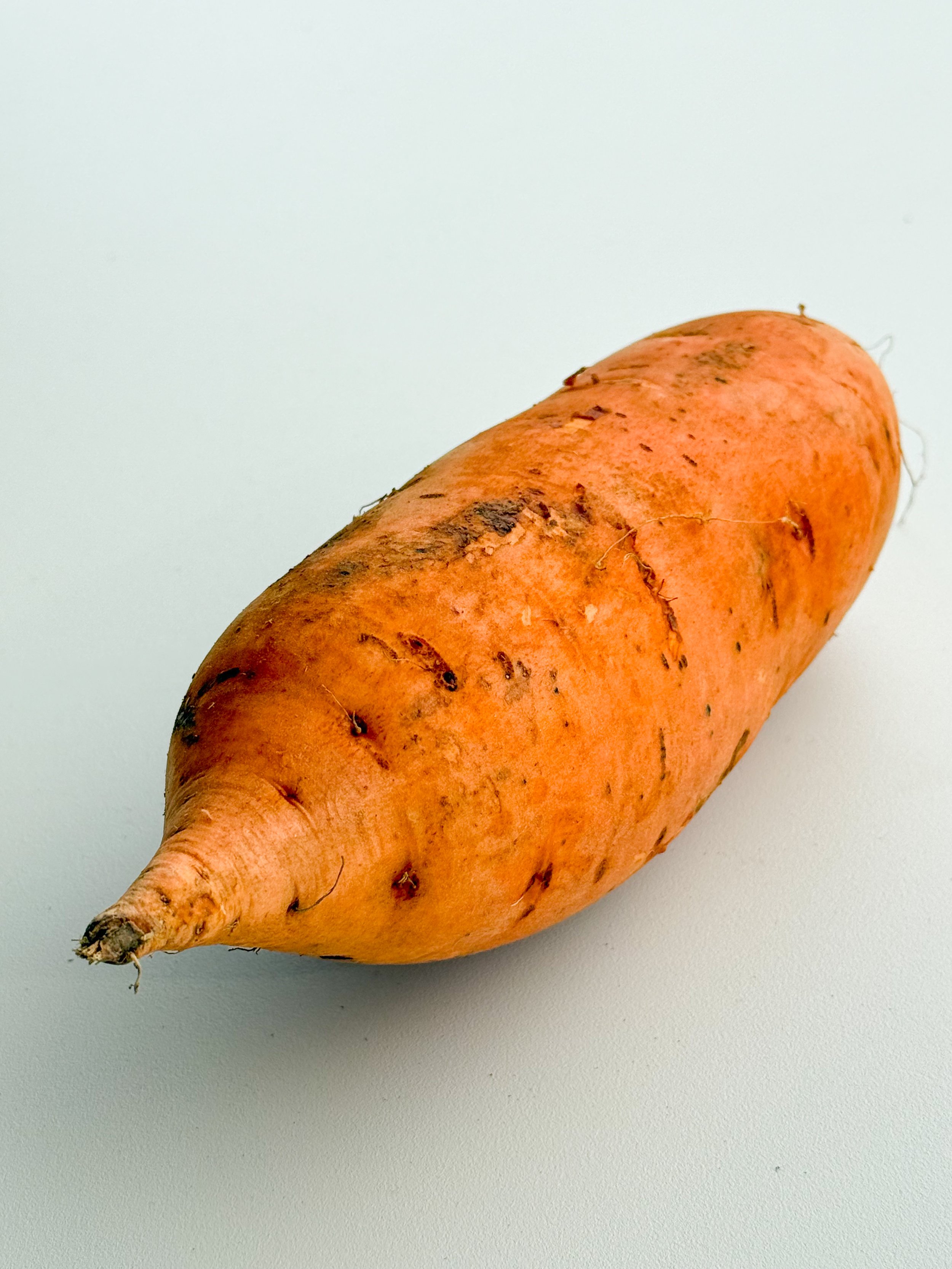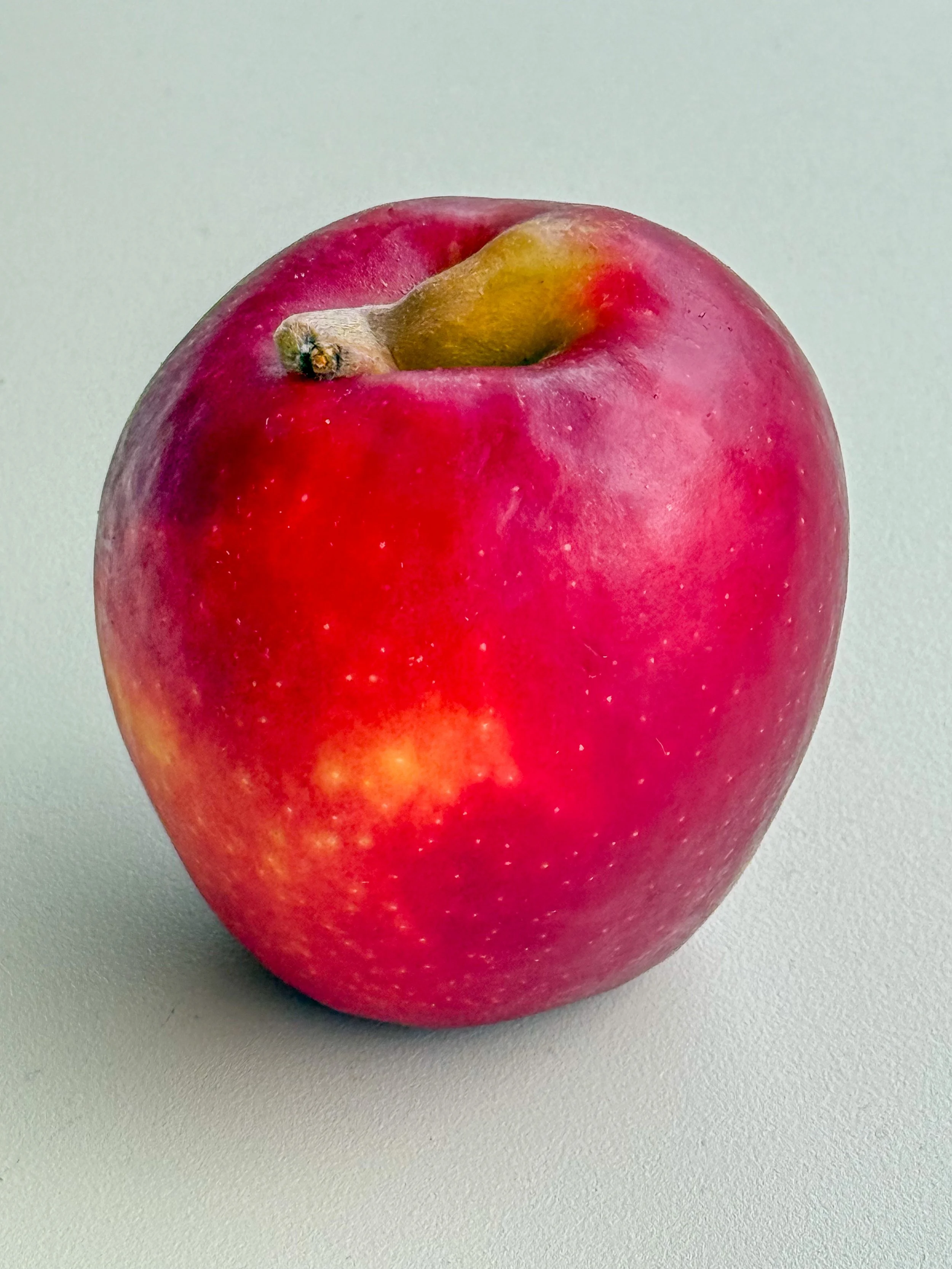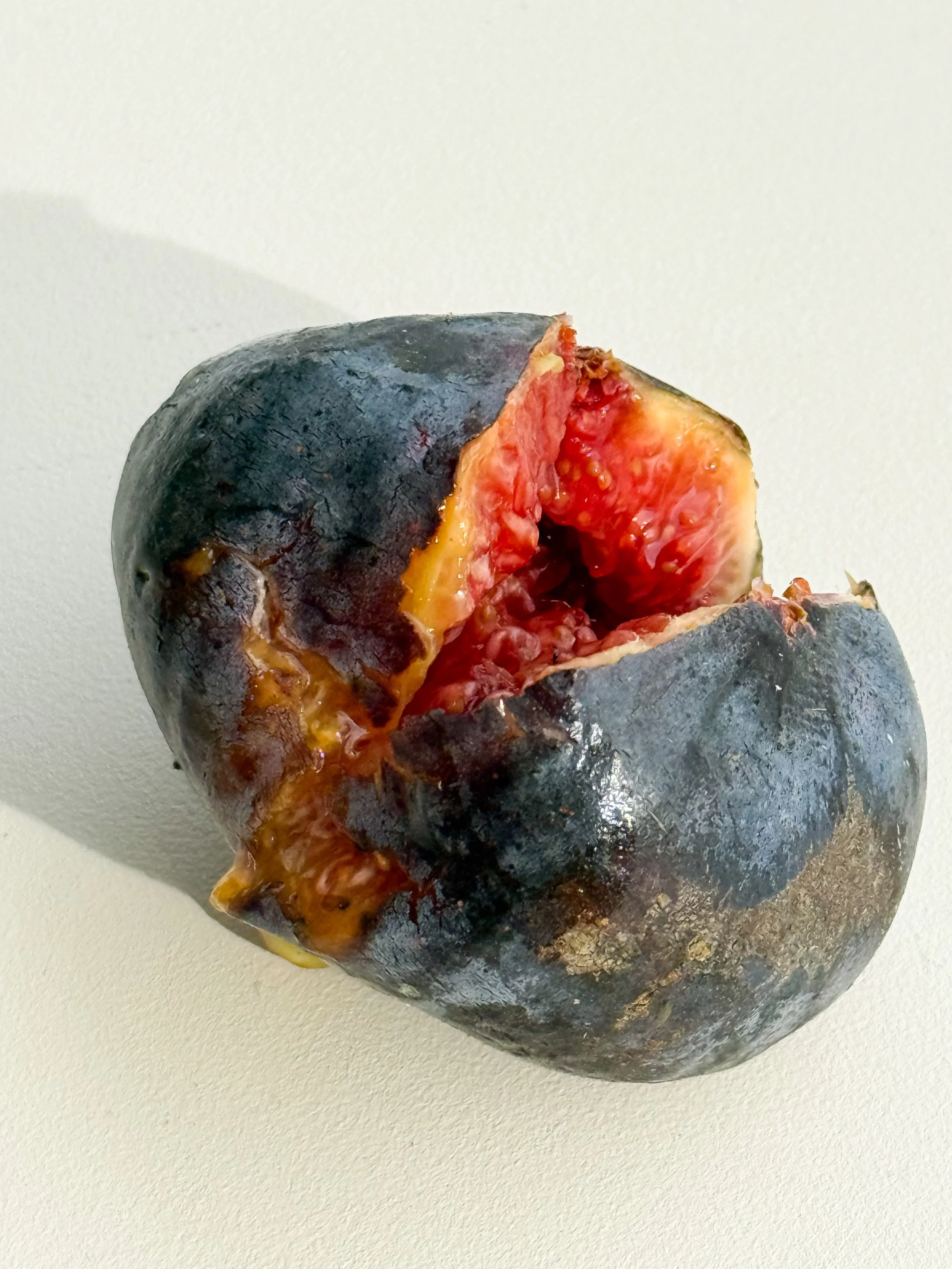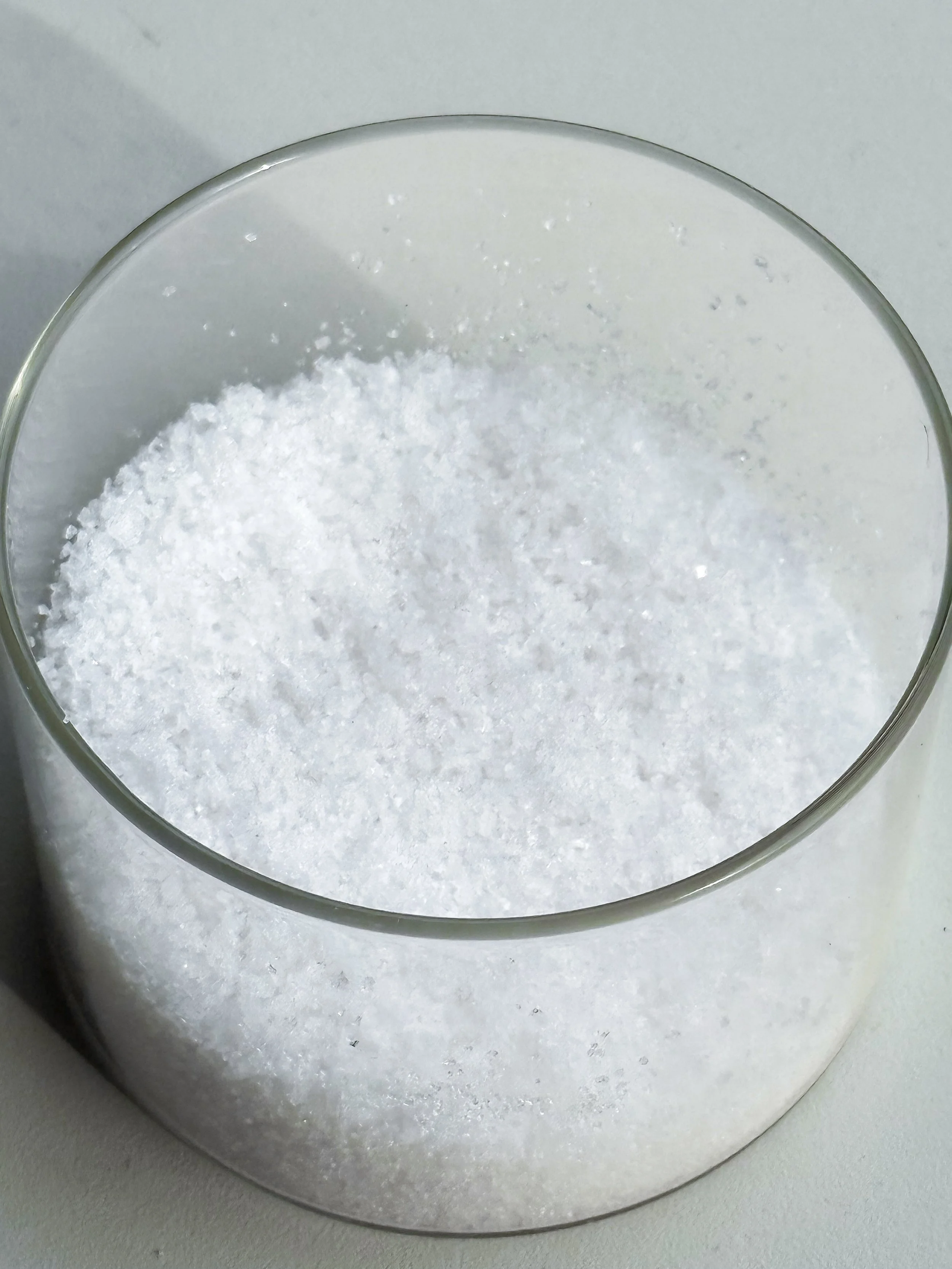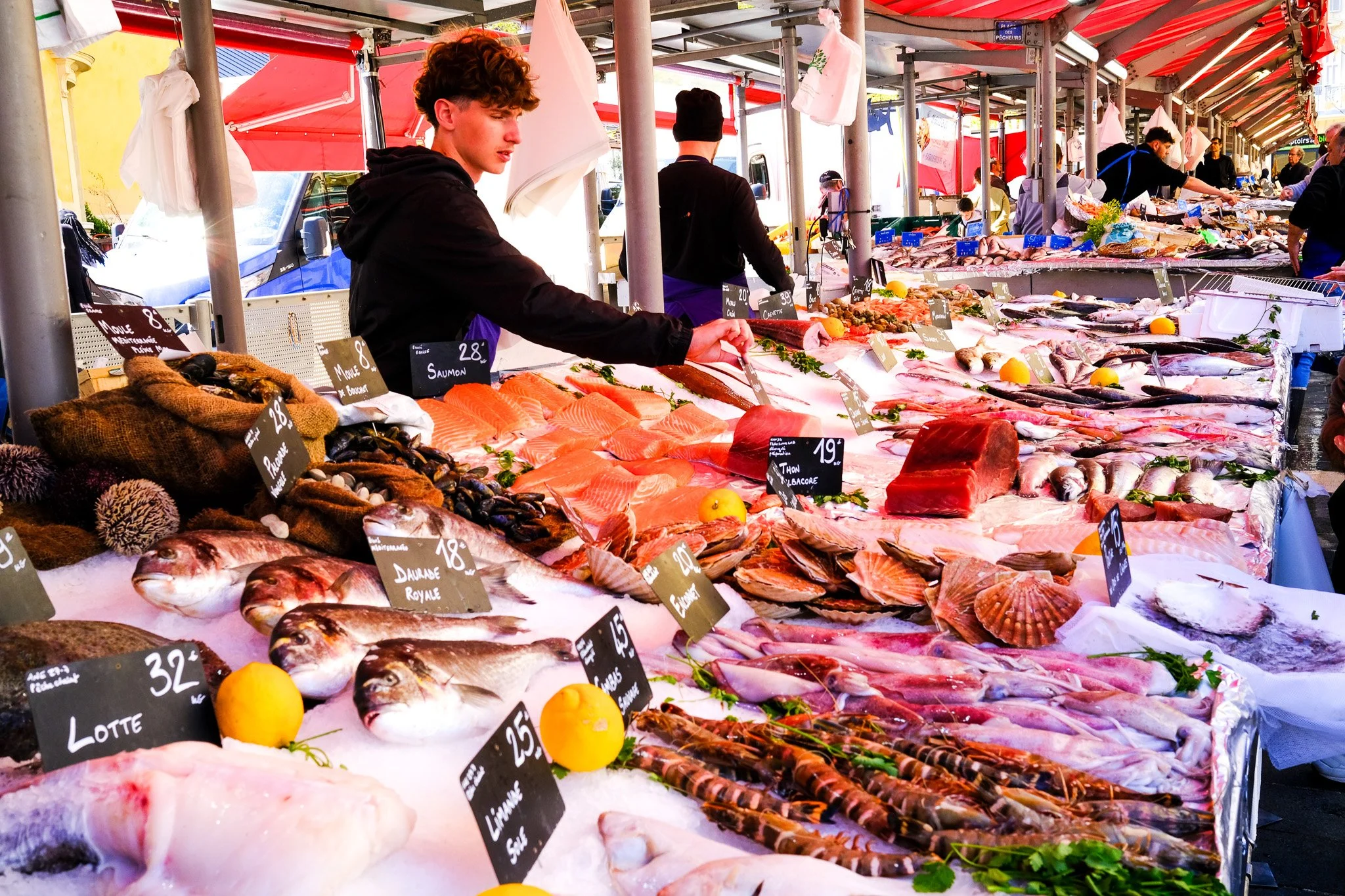What real food looks like
Citrus season is here in Côte d’Azur
When you live in the United States, you are constantly hearing about food.
“It’s too expensive.”
“There are food deserts where people don’t have access to good food.”
“People eat too much fast food.”
“Whole Foods is for the rich, Grocery Outlet is for the poor, and Walmart is for everyone else.”
“Berkeley, California is the birthplace of slow food where Alice Waters, Michael Polan, and Samin Nosrat carry on the mission of teaching Americans how to eat right.”
“Farmer’s markets are for foodies, but they will drain your wallet very quickly.”
“Thank God for Costco.”
Most people in the United States shop at Safeway, Ralphs, Kroger, Publix, Albertsons or their equivalent. The stores are large, well-lit, clean, and cleverly organized, and they offer 32 kinds of potato chips. There are also the deep discounters. My parents love Trader Joe’s, as do many Americans, however I have never been a fan of the quality. I believe my folks value the convenience more at their age whereas I am still willing to wait in a long line around the block for a chance to buy Ken’s bread in Portland, Oregon. That would never fly with them.
But if you listen carefully, you will hear the suppressed din. It is saying things like the food system in the states is killing us, and the health care industry is in bed with them—make them sick and then charge them for the cure—which seems dramatic. What is true is that food production has become completely industrialized in the US and is run by efficient MBAs who are more interested in producing a lot of food cheaply, getting it to market quickly, and where the nutritional value is of lesser concern.
If you have experienced food from other places in the world, it can be an illuminating experience. It tastes different, yes, but different, how? Well, better. Not just better flavors but better for you. You can feel it inside your body in ways that you are unlikely to experience back home. You will often hear words like “real” used, “This food tastes real.” Does this imply that food in the USA isn’t real? I’m not sure, but I think it does imply that you don’t know what water you swim in until you change the water in your bowl. My brother and sister, and their kids, suffer from gluten intolerance, but when they travel in Europe, they can eat bread every day and they neither have stomach issues nor do they gain weight. This bread story is almost cliché you hear it so often. Are they making it up? No, of course not. The way grain is grown here in Europe and the way bread preparation is treated as a pseudo-religion explains a lot.
The food system in Europe is so inalienable in people’s lives that it has remained unchanged for hundreds of years. There are outdoor produce markets, there are cheese shops, there are butchers, and patisseries for pastry in almost every town in France. Without a boulangerie, there is no town. There is a farmer’s market in Palermo, Sicily that hasn’t closed in over 1,000 years. (Ballaro Market) Literally every tiny village, small town, minor city, and major metropolis in France has an outdoor farmer’s market at least once a week. Here in Nice, there are two that run six days a week. In Lyon, the La Croix Rousse Market, one of Lyon’s biggest and liveliest outdoor food markets, runs every day except Monday, but there are eleven more markets in Lyon that keep different days and hours. Don’t even get me started counting them in Paris. This doesn’t even count Les Halles, either. The food halls of Dijon, Aix-en-Provence, or Paris are gastronomical churches, specifically built more than a century ago to house indoor markets where one can buy everything from hand cut slabs of entrecôte de boeuf, to six kinds of moutard, or bouteilles de vin, jars of confiture, and tins of anchois. I know they exist in Spain, Portugal, Italy, Greece and dozens of other countries, as well, and we have been to one in Mexico City (where we ate grasshoppers and beetles). What they have in common is that they are run by families, often multigenerational, people who really care about the products they sell, and moreover, they must meet the expectations of their customers who after hundreds of years of eating only the best, expect their food to be superb.
This hasn’t stopped the grocery stores from opening in Europe. I have been in Carrefour, E. Leclerc, Intermarché Hyper, Super U, and Monoprix stores in France that are as big as any American Costco. Their produce is pretty good. It’s not farmer’s market good, but it’s still better than most of the produce in the supermarkets in the USA. Then you have thousands of petite neighborhood versions of these major supermarkets strategically placed for convenience within city/town/village limits (remember cars here are optional). These stores have truncated names like Monop’, Carrefour City, Intermarché express, or Utile, implying a smaller, quicker version of their big brothers. They offer 7-11 type experiences but only offer limited amounts of produce and prepackaged meats. If I need some butter, a banana, or a bag of flour I can just run to one of these around the corner. Admittedly, sometimes the produce in these stores can be sad. It can be wilted, older, or on its way to the compost, or should be, but not always, so you learn which ones are willing to put in the effort to source decent products and you support them. Lastly, you also have neighborhood markets that are family owned and they will offer all kinds of seasonal fruit and vegetables out in front of their shops, often for very good prices, and the quality can be excellent. In our neighborhood they are usually owned by families from Tunisia, Morocco, or Algeria and there I can also get hard-to-find spices or a rotisserie chicken. On one street close by, Rue d’Italie, there are five or six Halal butchers in a row that do not sell any pork, but the beef and lamb are truly excellent. They go through it so fast that it is always super fresh. Within a three-block radius of our apartment I believe there are at least a dozen places to get food or sundries.
But these are not the large outdoor markets I mentioned above. The outdoor markets are Mecca. This is where you go to see food the way it was meant to be seen. It’s difficult to convey the experience of seeing a sweet potato that’s just been pulled from the soil and catches your eye from twenty yards away because it is such a bright orange. You think to yourself, “What is that?” and then you realize as you approach it that it’s a just root vegetable. One whose leaves that have so perfectly captured the sun’s rays all summer that the tuber now glows like a hot coal. The apples are Cezanne-colored and have star nurseries painted on them. The lemons are yellow, but somehow also green. Garlic heads are huge with purple paper skin hiding their pungent fragrant cloves. The leafy greens stand tall and defy gravity. Eggs are huge, their shells sometimes wavy like dried molten lava, and feathers will be stuck to them. Their yolks are Indian yellow when you crack them open later. Figs are just…sex.
There are vendors there who sell just-pressed, cloudy unfiltered olive oil from just across the border in Liguria, Italy, near Imperia. One entire section of the plaza is a permanent outdoor fish market teeming with fresh seafood from the Mediterranean Sea, or oysters from the Atlantic coast. Wild caught shrimp, gambas, langostinos, and ever-increasing sizes of these crustaceans, some as large as your forearm. (That’s a shrimp?) The Scottish salmon are here now and once baked in a 375-degree oven for 15 minutes, the results are a flaked luxurious texture somewhere near flan. A fish known as a Gilthead Dorade, which is a type of small sea bream, is caught literally off the coast of the beach a couple of blocks from the apartment. There are mountains of them at the market right now and the fishmongers are more than happy to filet them up for you. A little olive oil, a good squeeze of lemon, and if you’re so inclined, a bit of minced garlic into the hot stainless steel frying pan and you’ve got yourself a fresh and delicious meal. We roast some Romanesco to go with it. Then hit it all with some Le Saunier de Camargue sea salt before serving and you are living the Med life.
The fresh seafood market at Libération outdoor market in Nice, France
I told Chien-hui that I don’t think I can go back to the USA now after eating like this for the past year, not that we were considering it. It’s just plainly obvious how much better the food is that we are consuming here, and at about half the price. I can feel its nutrition emanating from the center core of my being like the arc-reactor on Iron Man’s suit. Maybe it’s my imagination but I think it’s extending my lifespan. Having access to this kind of produce, this quality of sustenance, grown by people who have been producing pumpkins, parsley, and potatoes for generations is not something one can just give up once it’s been integrated into your life. The tomatoes in summer will make you laugh, or perhaps even cry, you’ll be so overwhelmed by their sweetness. It’s captured sunshine. This is what real food looks like.
Have I mentioned the wine?

